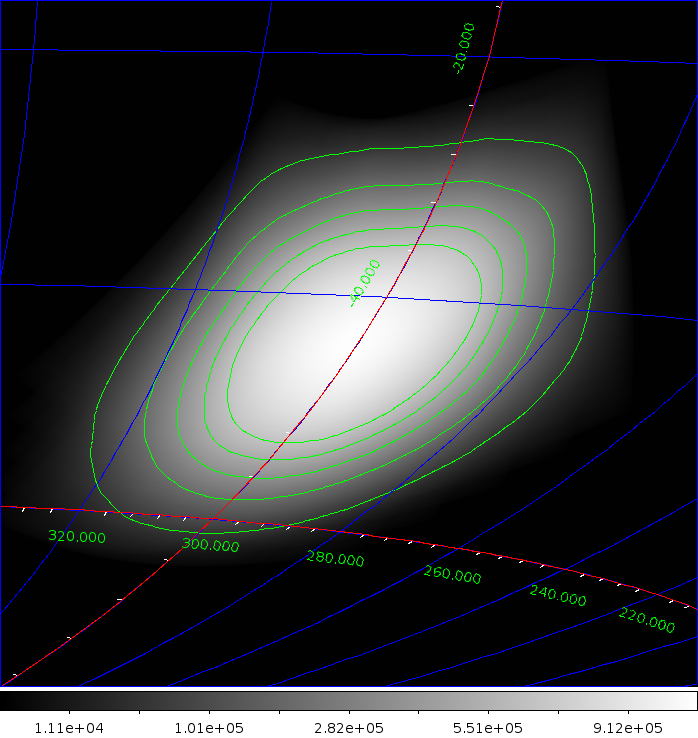Proposal Details - 1120002
Identifying & understanding the X-ray binary population of the Small Magellanic Cloud (Coe)
Proposal Abstract
The Large & Small Magellanic Clouds (LMC & SMC) represent an exceptional opportunity to study the evolution of X-ray binaries (XRB) under very different conditions to those in the Milky Way. The Clouds are close enough for the individual sources to be detected, identified & studied, whilst presenting diverse environments in terms of metallicity and tidal effects. In addition, the population as a whole is possibly greater than the comparable Milky Way population so it provides an invaluable test-bed for accretion physics & binary evolution. An earlier Key Programme covering the SMC produced a wealth of data on persistent and transient systems, plus revealing strong evidence for the emergence of a new XRB population in the western Bridge (the structure linking the LMC to the SMC). Time is requested to carry out regular monitoring of the SMC to locate new transient pulsar systems and to continue exploring the ~100 known & suspected HMXB systems. It enables to explore stellar and binary evolution in different chemical and tidal environments. Only INTEGRAL has a big enough field of view to be able to carry out this crucial role of monitoring activity across the whole SMC/Bridge region. In this proposal 12 x 100ks INTEGRAL observations over a period of 3 months are requested. This intensive monitoring programme will permit to extend the work started by RXTE (Galache et al. 2008, ApJS 177, 189) and complement the XMM-Newton survey of the SMC carried out in 2010 (PI Frank Haberl). All these studies will be supported by OGLE IV monitoring of the SMC & Bridge, as well as ground-based specific target follow-ups.
Observation Strategy (Recommended by TAC)
Total of 1.2 Ms split in 12 times 100 ks INTEGRAL observations over a period of 3 months, using a standard 5x5 dither pattern centered at RA, Dec (J2000.0, in degrees) = 18.75, -73.00 (l,b = 300.54, -44.02 degrees).
Proposal grade: C
Data Rights (Recommended by TAC)
No specific data rights assigned.
Exposure Map
The exposure maps are in galactic coordinates using the Aitoff projection and units of seconds, and the colour scale is indicated at the bottom. The green lines provide the 100, 300 and 500 ksec contour.
